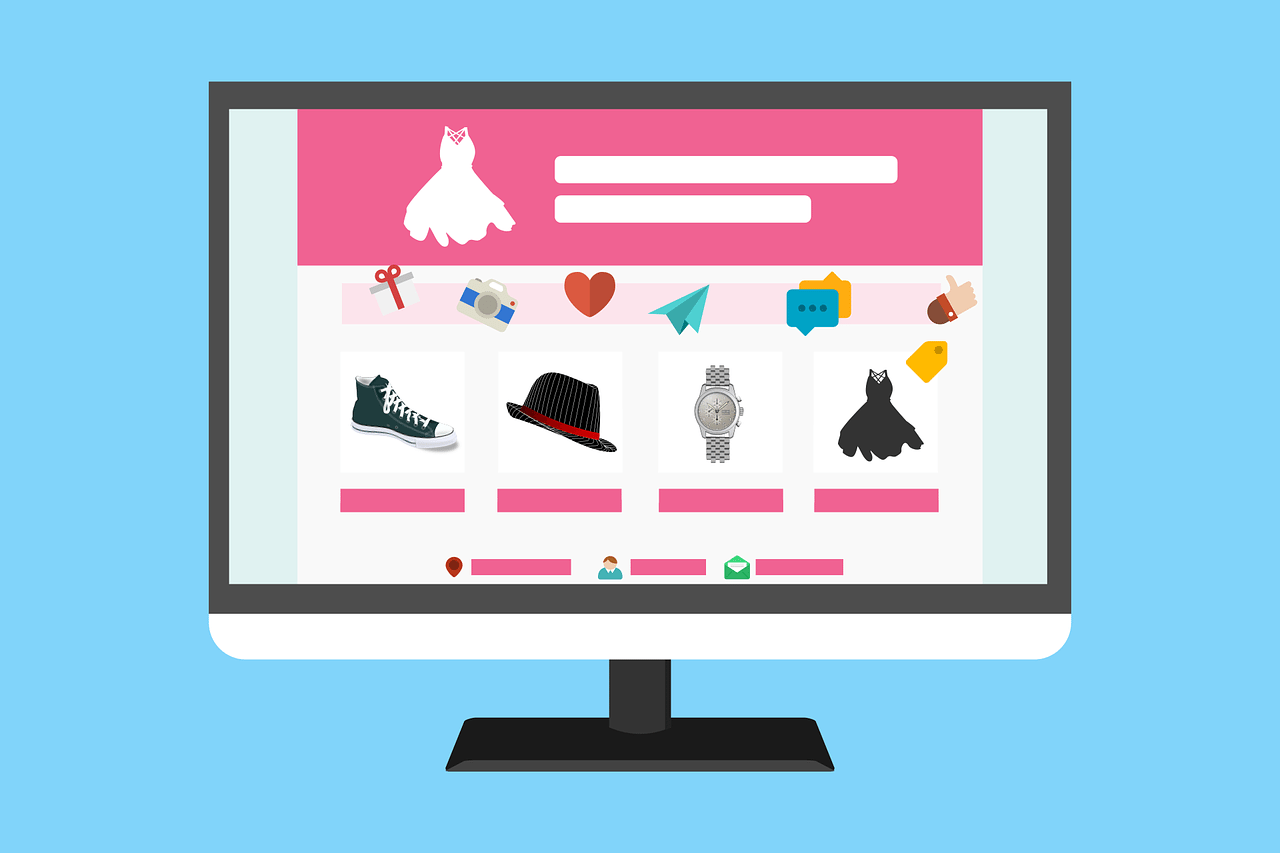Amazon and search engines like Google are a popular starting point for product searches, which makes it easy for online sellers to assume their businesses will do well even if they’re only on the few more popular channels. This mindset is dangerous for e-commerce sellers.
When it comes to running a secure, sustainable e-commerce business, Amazon simply isn’t enough. With horror stories of Amazon suspensions and online shops being taken down due to viruses, it's becoming clear that sellers need to diversify ecommerce channels in order to protect their business.
Relying on one channel or store puts you at the mercy of the owner of that channel--and it probably isn’t you.
Digital Diversification in your E-commerce Business

Image Credit: Pixabay: Alexas_Fotos
In order to be successful in the e-commerce field, it’s extremely important to first understand the mind of a consumer as well as his or her shopping behavior. The more convenient it is for them to find your product or service, the higher chances of you closing a sale.
There are thousands of products in Amazon, with many brands also on their own online stores. With the number of products, consumers have a lot of choices to make. Instead of just sticking to Amazon, sellers must explore other mediums to see which ones produce the best results.
Make use of an independent store, social media platforms like Facebook or Pinterest, Google PLAs, email marketing, B2B wholesale, Walmart, and eBay. It also helps to make use of SEO to help promote your product online.
Getting the Highest ROI in your Merchandising Distribution Channel

Image Credit: Pixabay, HesselVisser
To fully optimize your e-commerce business you have to know how your customers want to shop. Do this by getting to know your clients and testing constantly to optimize every step of the buyer’s journey.
First, get into the mind of your customers. This can be easily overlooked during the brainstorming stage, but is vital to do first because you’ll be able to move forward with your customer in mind. When you know what they want, everything else will follow.
Do this by talking to your potential and current customers, collecting their ideas and stories, and finding out what their needs are. Keep in mind that sometimes their needs are found between the lines of what the say. As Henry Ford famously said, “If I had asked people what they wanted, they would have said faster horses.” Pay attention to what they say, but consider what they don’t know is possible yet.
In addition to their pain points, understand what your customers expect when shopping in different channels. This could mean fast checkout in online marketplaces like eBay, and stellar cashier service at retailers like Nordstrom.
Next, test the channels that will work best for you. Retailers can change their homepage every six months to keep their content fresh and test which variations work best for conversions. This is a continuous process, and can be as simple as changing the color and font in your CTA button.
If you want to get some immediate insights, you can test with a control group and whatever channel design you want to explore, then check which gets more conversions. Aim for at least 1,000 customers (or potential customers) testing your homepage design.
Diversification Channels to Explore
Independent Web Stores
Independent store shoppers spend a total of $501 in online marketplaces and $404 in large retail stores. Approximately half of all independent store shoppers are more likely to enjoy the experience. Popular items to sell in a web store include books, movies, music, clothes, gifts, and health items.
The advantage of having your own online store is that you have control of your branding, user experience, and website design. You can add videos where you want, the photos you want, and even easter eggs throughout your site to make things fun.
However, the downside to an independent web store is that when something goes wrong, it’s all down to you. You won’t have the experienced teams behind Walmart scrambling to fix the issue, and if your development team isn’t on top of things you could lose days of revenue just getting a problem fixed.
If you’re starting your own online store, research your e-commerce tools carefully. Here are a few platforms you can look into;
- WordPress - A comprehensive website builder, with multiple theme designs and plugin options for shopping carts (ie. WooCommerce).
- Big Cartel - Build a unique online store with customized colors, fonts, and colors.
- Gumroad - An online store with simple setup, support features, and analytics. Aimed toward creators and artists.
- Selz - Create online stores or sell via social. They have multiple themes to choose from and built-in payments.
- Shopify - An e-commerce platform that allows you to build your own store within their platform. Rich with features and tools.
Online Marketplaces

Image Credit: Pixabay, JuraMinh
Online marketplaces are excellent ways to reach your audience, because they are often the go-to starting point of product research. They capture large audiences who are all looking to buy.
Seller competition on these platforms mean prices are often the lowest around the web, which draws huge audiences. While this is a benefit to the platform, it can also be a detriment to sellers. If you cannot match the prices of your competitors, it’ll be that much more obvious when your potential clients do a side-by-side comparison.
Take note of behavioral shopping patterns to shape your choices here. Many marketplace shoppers take their time to find the best deal, and they usually research the brands before making a purchase. However, when they do purchase, marketplace shoppers tend to spend more online.
Here are a few online marketplaces you can diversify on;
- eBay - Buy and sell online, similar to Amazon and the runner-up when it comes to online shopping.
- Walmart - The retail giant’s online shopping marketplace.
- Jet - With a focus on bulk orders and wholesale shopping. Check out how to streamline inventory management on Jet.
- Alibaba - This platform dominates the Asian market and connects buyers with manufacturers, suppliers, and exporters.
- Etsy - A marketplace for creative, handmade goods. They focus on unique items that cannot be purchased in bulk, such as an artist’s line of stationary, or a handmade baby jewelry.
- NewEgg - This online marketplace specializes in electronics such as computers and computer parts.
- Shopbop - A marketplace for designer women’s fashion.
- Net-a-Porter - Online marketplace for clothing, fashion, and designer goods.
- Rakuten Global Market - A marketplace for goods from Japan.
- Rakuten - An online marketplace for electronics, home goods, apparel, and more.
Large Retail Shops
Finally, a physical, brick-and-mortar store isn’t necessarily part of the e-commerce umbrella, but if you want to diversify, it remains an option. E-commerce sellers can explore a booth in a mall to see how their items sell there, but it involves a different set of logistics, rent, and other considerations.
Amazon isn’t enough: It’s time to diversify
Aim to brainstorm innovative ways to strengthen your business in each unique channel, pay attention to different audience needs, and monitor customer behavior to make sure you’re still offering something relevant.
Taking your e-commerce business multi-channel will expose you to different consumers and audiences. Diversifying your marketplaces will help you reach more customers and earn more opportunities for sales.






